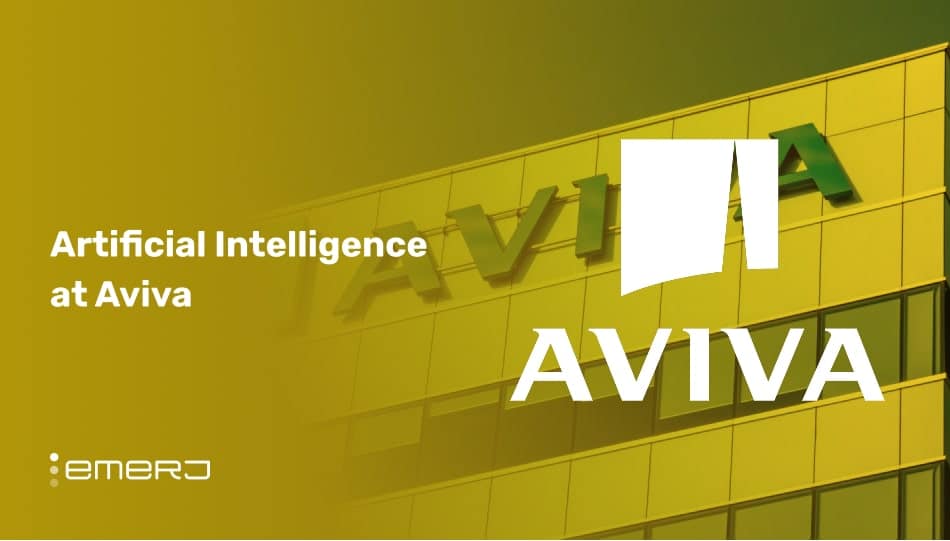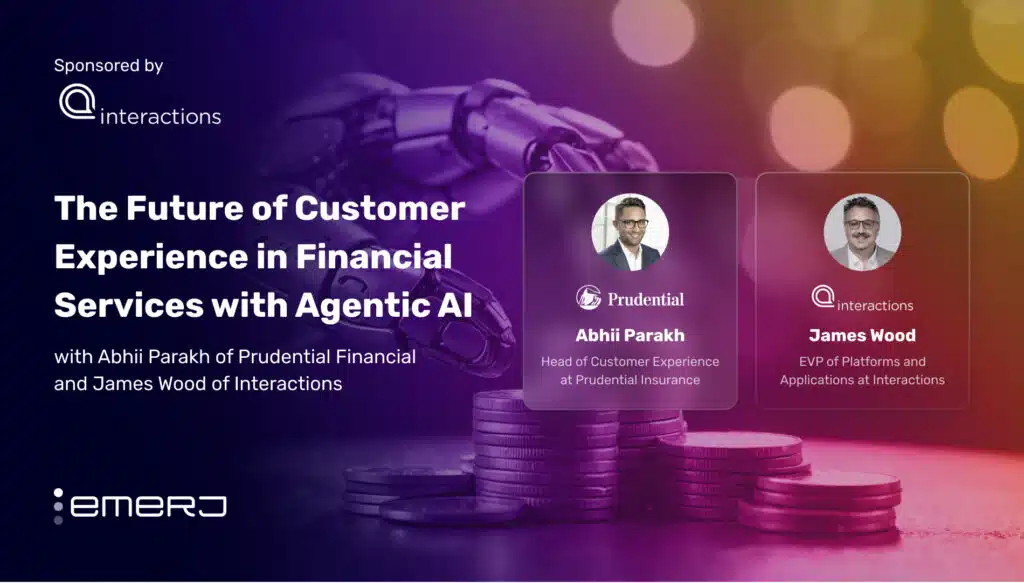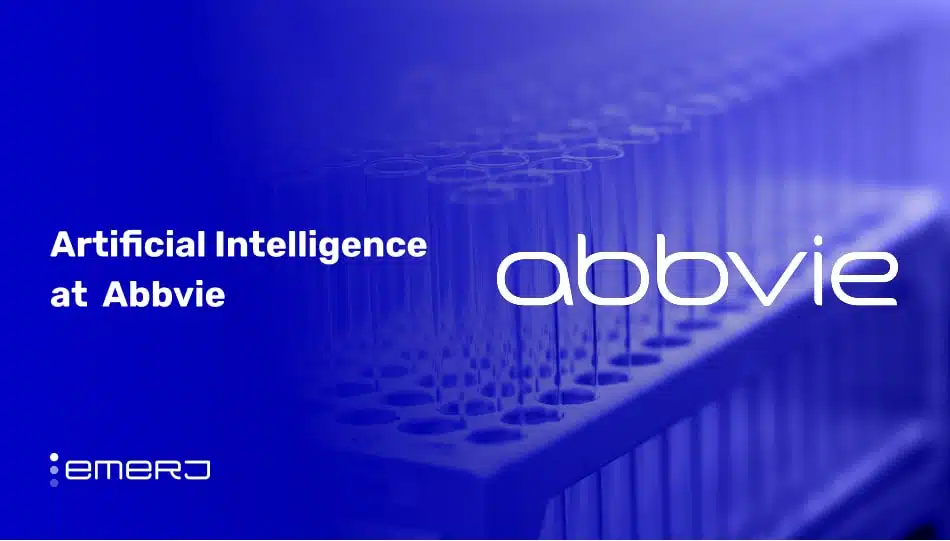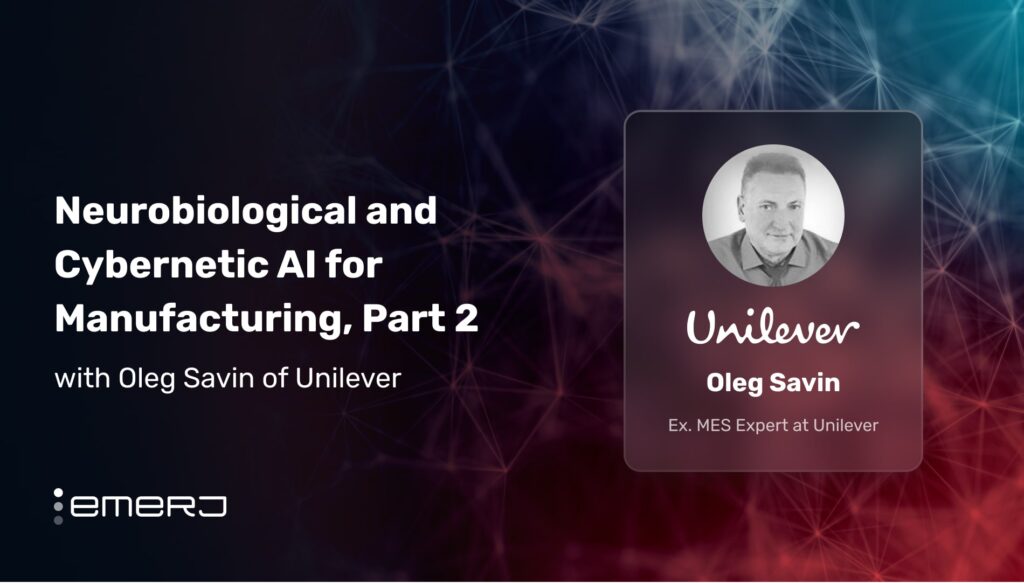We've seen a lot of what we call "fake AI rebrands" in the last 18 months, and I suspect that as long as AI is a buzzword, we will only see more and more of this. Business leaders are going to have to keep their eyes peeled for these kinds of companies in their midst.
A fake AI rebrand is a company that doesn't in fact leverage artificial intelligence in any meaningful way, but, nonetheless, rebrands their company around the concept of AI to seem like they're they're innovative. In this article, I'll talk about why companies might do this and which companies do this most frequently in this art...
[mrj_paywall] unauthorized access


















